Nishimura Koku - Kyotaku pictures
111
Nishimura Koku - Kyotaku pictures
Please see all nine which I have scanned from an out-of-print book of Nishimura Koku's carvings, paintings and prints at http://www.flickr.com/photos/shakuhachi/
The scanned ones on Flickr are large web files at 150dpi and you are welcome to download them for personal use. Please do not use them for any commercial purposes (as goes for all of my images on Flickr)
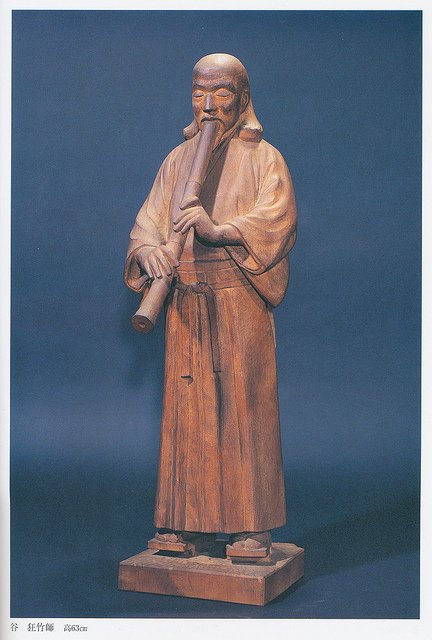
kyotaku_player
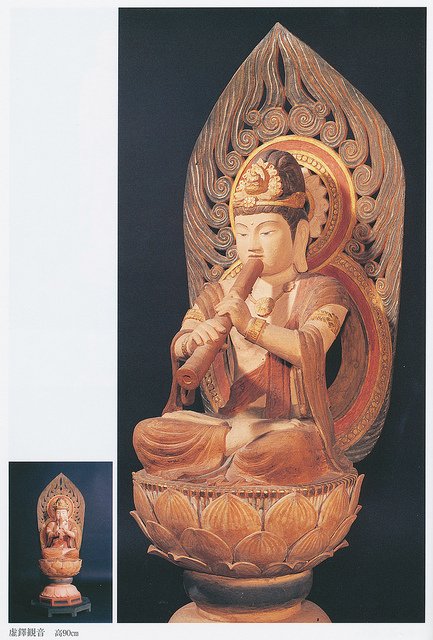
bodhisattva_with_shakuhachi
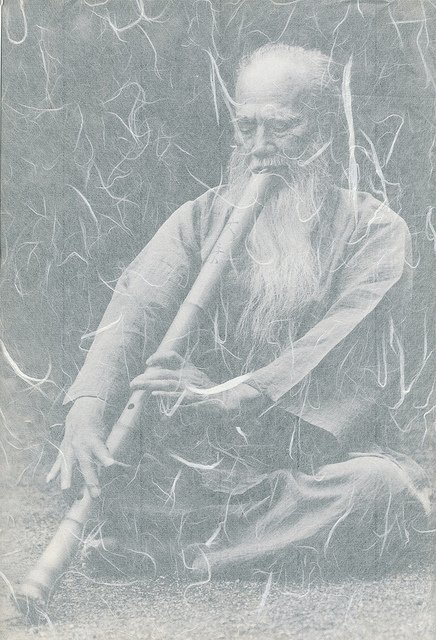
Nishimura_Koku_ricepaper
More later
The scanned ones on Flickr are large web files at 150dpi and you are welcome to download them for personal use. Please do not use them for any commercial purposes (as goes for all of my images on Flickr)

kyotaku_player

bodhisattva_with_shakuhachi

Nishimura_Koku_ricepaper
More later
I have finished scanning and posting all of the shakuhachi-kyotaku related images from the out-of-print book of Nishimura Koku's carvings, paintings, prints and flutes at http://www.flickr.com/photos/shakuhachi/
The scanned ones on Flickr are large web files at 150dpi and you are welcome to download them for personal use. Please do not use them for any commercial purposes (as goes for all of my images on Flickr)
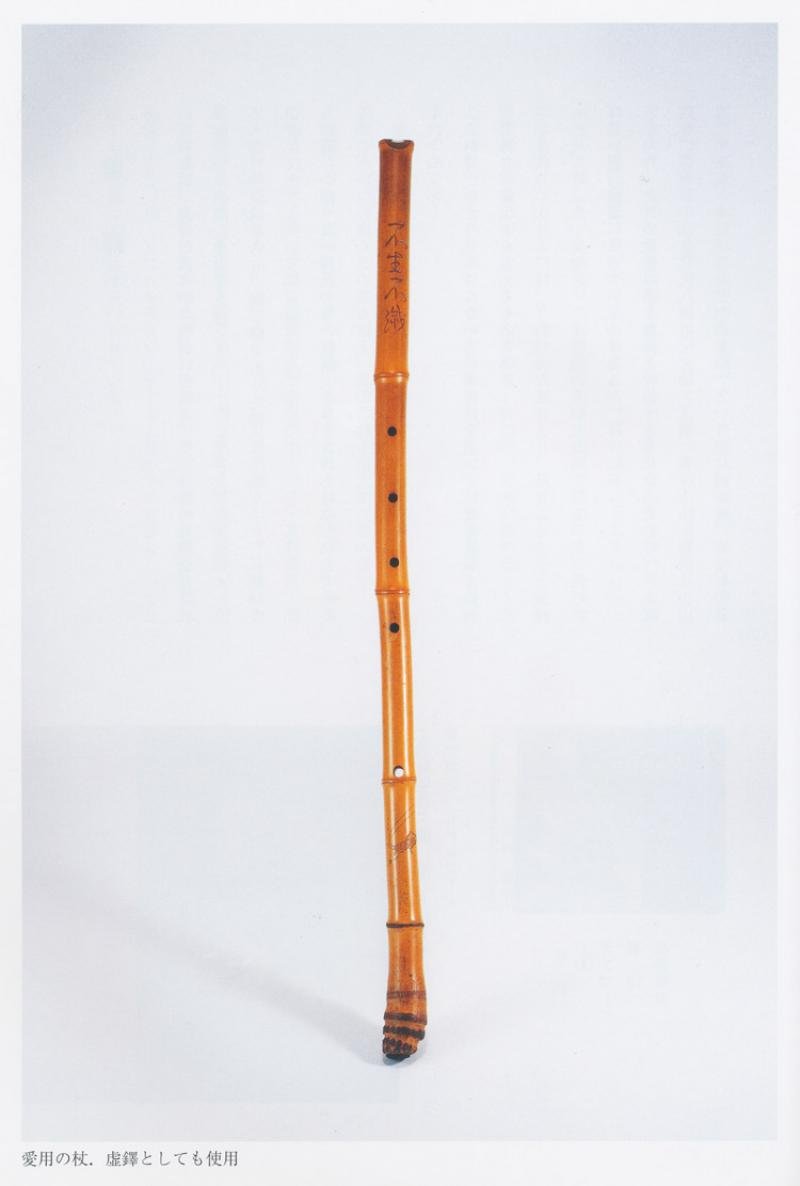
I wish we had a recording of Nishimura playing on this particular flute.
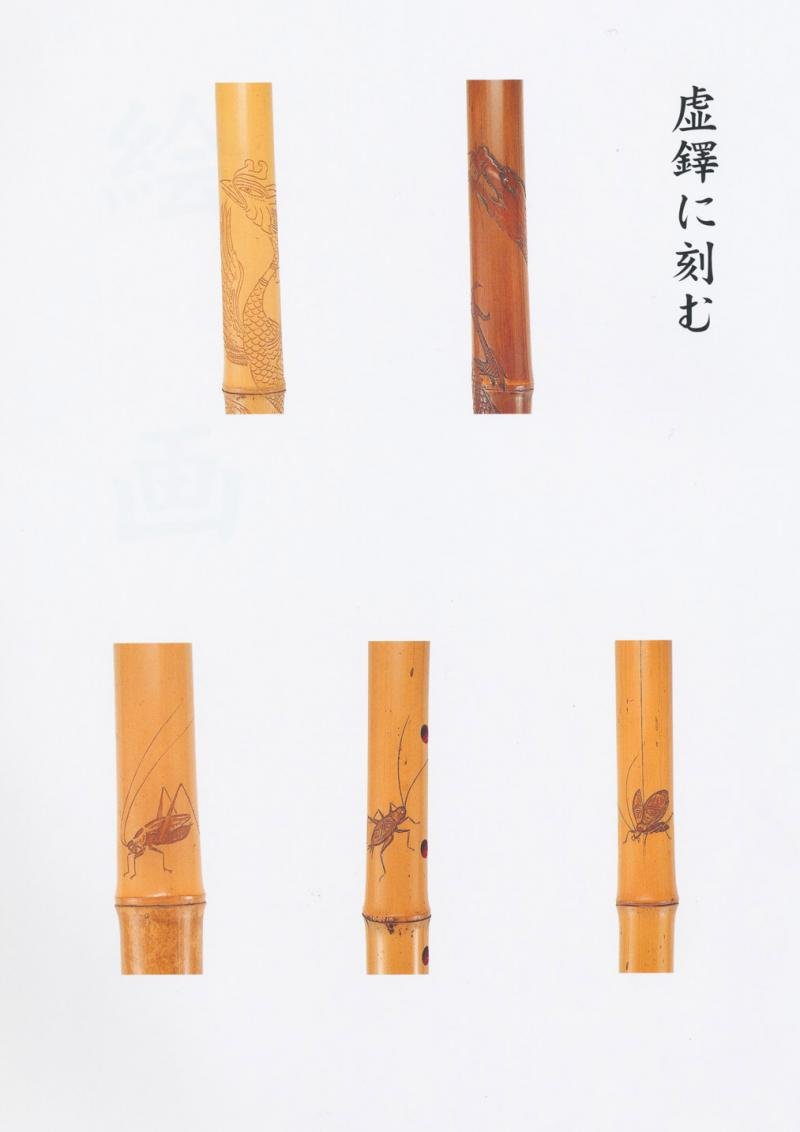
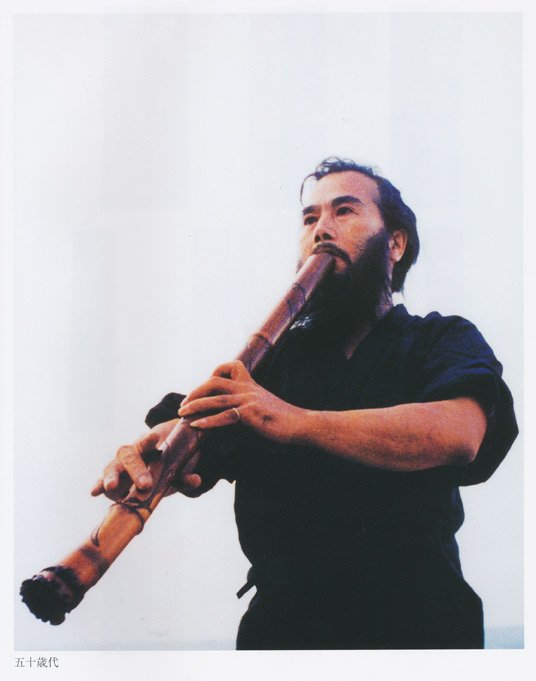
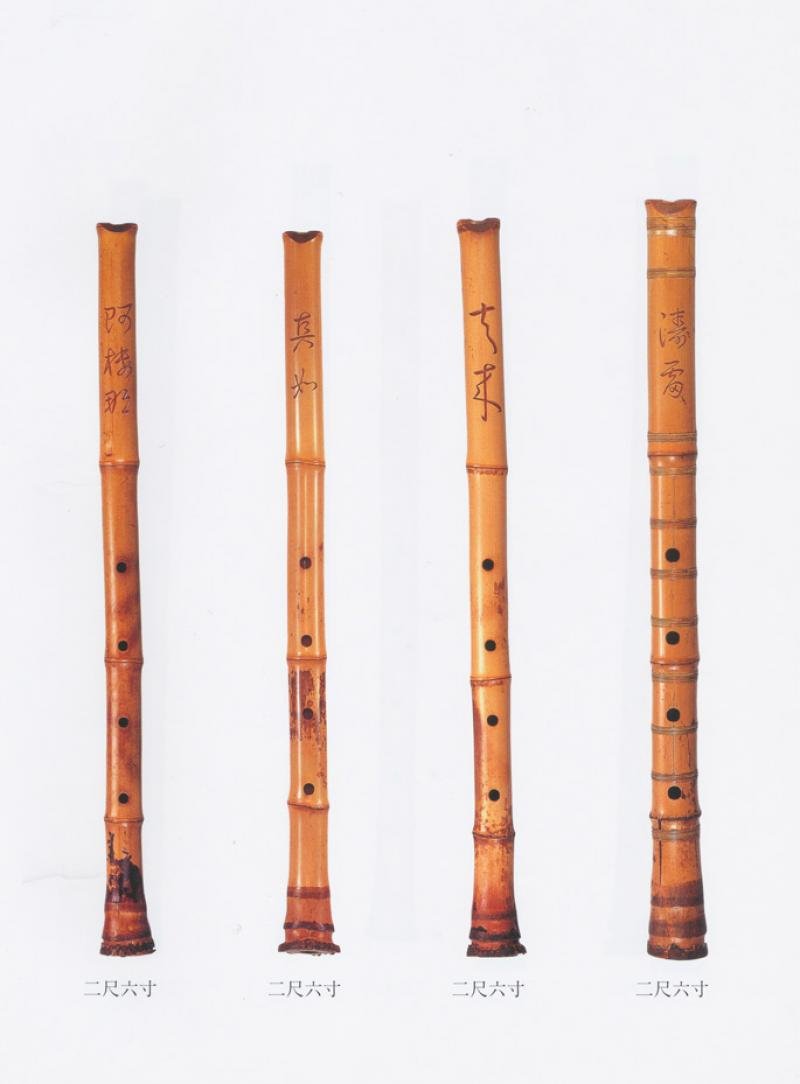
The last 2.6 on the right, here, looks like the kind of battleship that Tairaku likes to play.
The scanned ones on Flickr are large web files at 150dpi and you are welcome to download them for personal use. Please do not use them for any commercial purposes (as goes for all of my images on Flickr)

I wish we had a recording of Nishimura playing on this particular flute.



The last 2.6 on the right, here, looks like the kind of battleship that Tairaku likes to play.
I've mentioned this on the past forum, but I have the fond memory of meeting Koku sensei in his house here in Kumamoto a number of years ago and seeing some of his kyotaku first-hand. The most memorable pointfor me was how ornate they were. A testament to his innate sense of artistry.
"Jeff Cairns""Jeff Cairns"I've mentioned this on the past forum, but I have the fond memory of meeting Koku sensei in his house here in Kumamoto a number of years ago and seeing some of his kyotaku first-hand. The most memorable pointfor me was how ornate they were. A testament to his innate sense of artistry.
Hi Jeff, yes they are incredibly beautiful. Do you think there was anything about them that was clearly different than other jinashi shakuhachi? The "Kyotaku" enthusiasts say they are different but I was never able to identify what about them was different.
Hi Brian, unfortunately I didn't have the opportunity to try any of them, so I really can't say. At the time I tried to play a kyotaku of Agar's, but I was a mere fledgling at the time and had no idea at all what I was doing. A shakuhachi was a shakuhachi to me. I do remember Agar telling me that I blew it incorrectly though. He suggested that it was due to my kinko training, but I don't think that I could affiliate anything to training at that point. I think it was just my innate wrongness really.
I understand what Agar means........having started out playing Kinko 1.8 I still default to that kind of embouchure, which is tighter and more focused than the one you would use if you only played jinashi honkyoku. I think players who don't have gaikyoku training usually have a windier, airier sound.
Such a person here in my neck of the woods is extremely rare. In fact, other than Koku sensei's son and a few others who don't come out of the woodwork much, you would be very hard pressed to find any player that could fall into that category.
I have played a couple of Koku sensei's flutes.
Well made smooth and easy to play jinashi shakuhachi. Yes, shallow utaguchi that requires a very soft embouchure.
I loved them..... and they played really well. They gave me less resistance and work to adapt than many of my own jinashi.... but hey... as one of Shimura's students Izukawa commented - after he had tried with me all the flutes I x-rayed - Okuda's flutes were the most "weird and far out"
Well made smooth and easy to play jinashi shakuhachi. Yes, shallow utaguchi that requires a very soft embouchure.
I loved them..... and they played really well. They gave me less resistance and work to adapt than many of my own jinashi.... but hey... as one of Shimura's students Izukawa commented - after he had tried with me all the flutes I x-rayed - Okuda's flutes were the most "weird and far out"

Weird and far out is good.
Did he think they were weirder and further out than Ishibashi's and Ken's flutes?
Did he think they were weirder and further out than Ishibashi's and Ken's flutes?
Kiku, what did Izukawa-san mean by 'weird and far out'? Brian, that might be good, but it could equally be a condemnation of Okuda's flutes. What was your take on that Kiku?
"Brian Tairaku Ritchie""Brian Tairaku Ritchie"The "Kyotaku" enthusiasts say they are different but I was never able to identify what about them was different.
But, I wonder, different from what? Are these Kyotaku people that familiar with other big jinashi instruments? All I understand about Kyotaku is that they are supposed to have no node material left in the bore and that the holes are evenly spaced and the holes are the same diameter to each other.
On the only in-print CD of Nishimura, he plays with no stylistic vibrato, like Taizan Ha players.
Brian and Jeff.
I think Okuda's shakuhachi is rougher in the bore and also very very narrow at the end than what Izukawa had seen before. I also think Izukawa was very surprised about the narrowness of the end of the bore. Okuda's shakuhachi are clearly very well made for a particular aim. Okuda does like an intimate sound that doesn't blast out of the bamboo. So how can I describe it.. Okuda often prefer big bamboo but despite the width of the bamboo the bore may not be so wide (still wider than many). He really like a thick walled bamboo with a narrow end. The thickness of the wall also adds to the sound he wants. It is pretty much the opposite of the trends today. Obviously he plays different shakuhachi. The ones he has that Murai Eigoro has made are smoother, more "worked on" in the bore. Now that Okuda makes his shakuhachi mostly by himself they go more and more in the direction of his personal preferences, which you can say is particular.... I think that is what Izukawa meant with "far out" (which of course is just my translation). He was positive though - both the weird and far out was an exclamation of surprise but in a positive way.
I think Okuda's shakuhachi is rougher in the bore and also very very narrow at the end than what Izukawa had seen before. I also think Izukawa was very surprised about the narrowness of the end of the bore. Okuda's shakuhachi are clearly very well made for a particular aim. Okuda does like an intimate sound that doesn't blast out of the bamboo. So how can I describe it.. Okuda often prefer big bamboo but despite the width of the bamboo the bore may not be so wide (still wider than many). He really like a thick walled bamboo with a narrow end. The thickness of the wall also adds to the sound he wants. It is pretty much the opposite of the trends today. Obviously he plays different shakuhachi. The ones he has that Murai Eigoro has made are smoother, more "worked on" in the bore. Now that Okuda makes his shakuhachi mostly by himself they go more and more in the direction of his personal preferences, which you can say is particular.... I think that is what Izukawa meant with "far out" (which of course is just my translation). He was positive though - both the weird and far out was an exclamation of surprise but in a positive way.
Répondre

